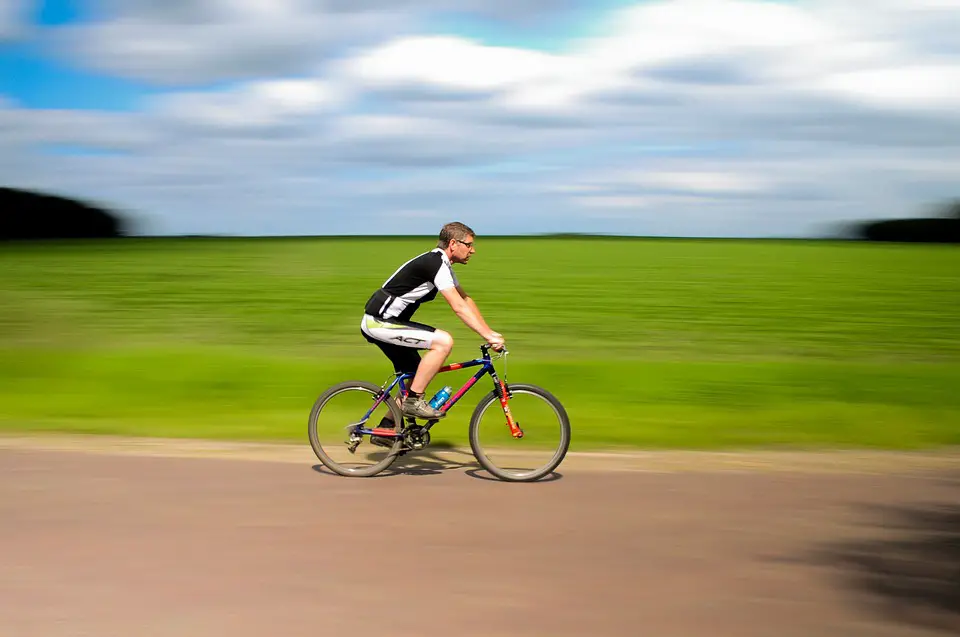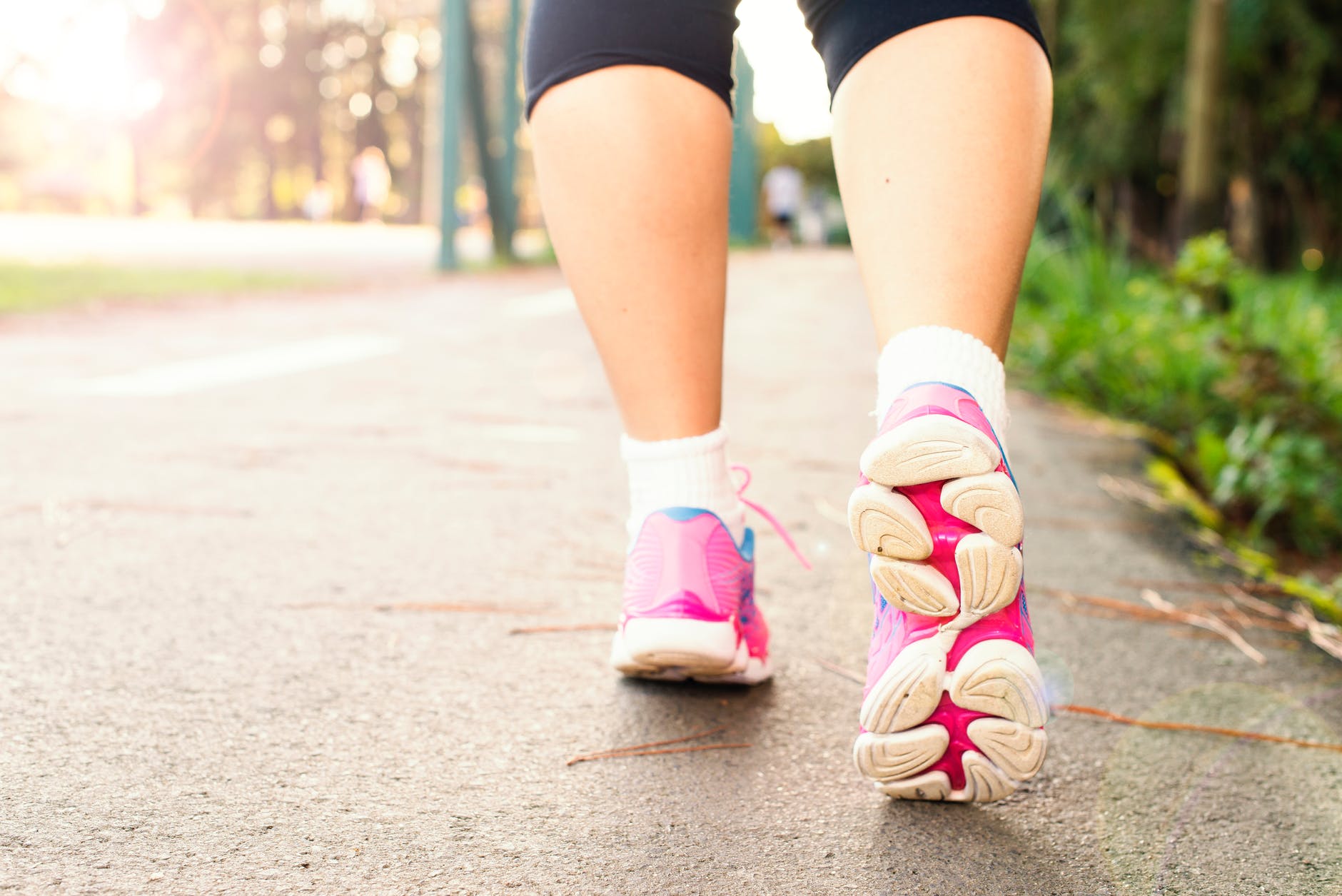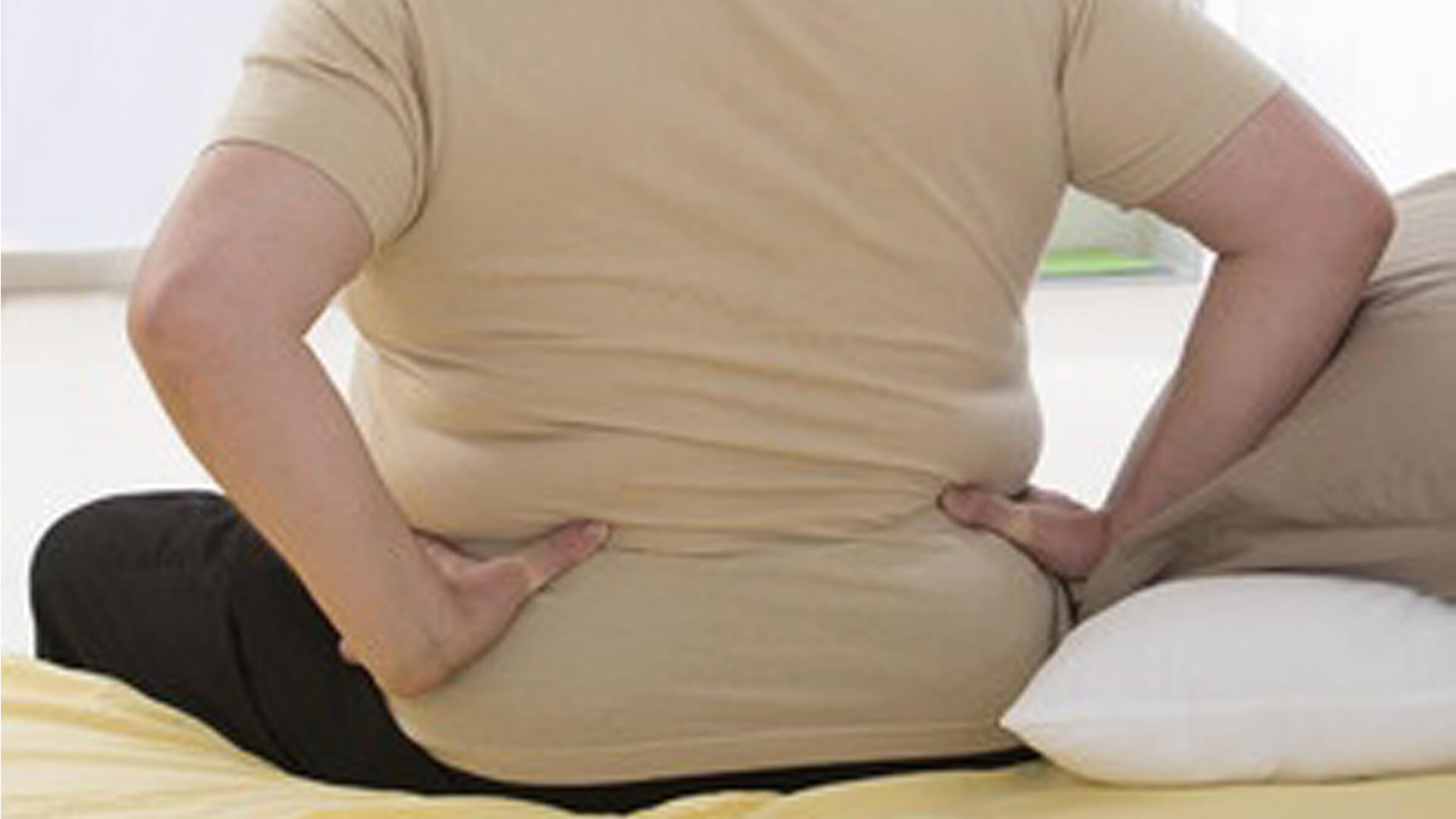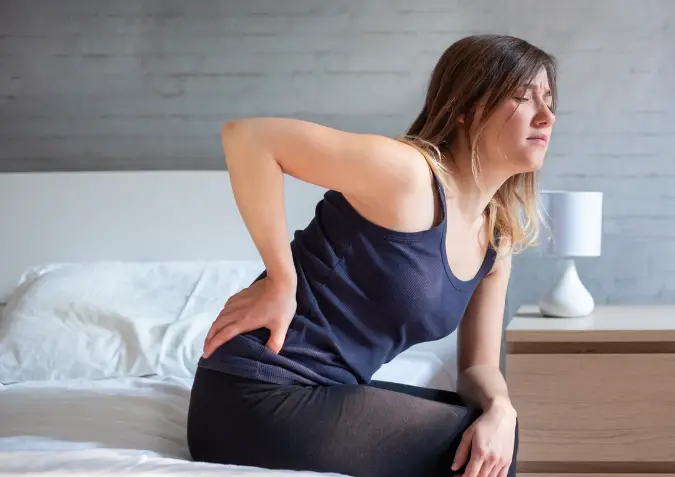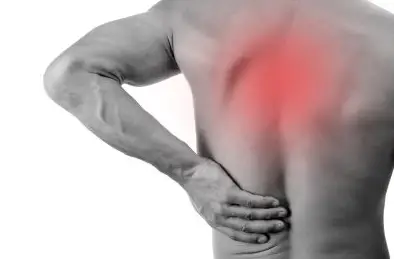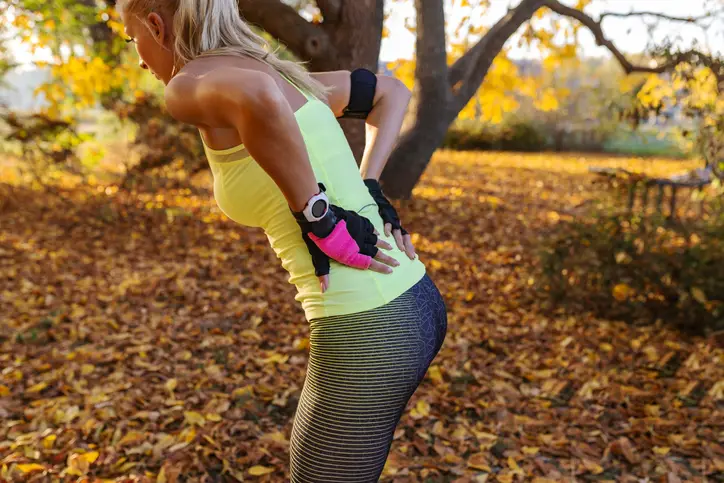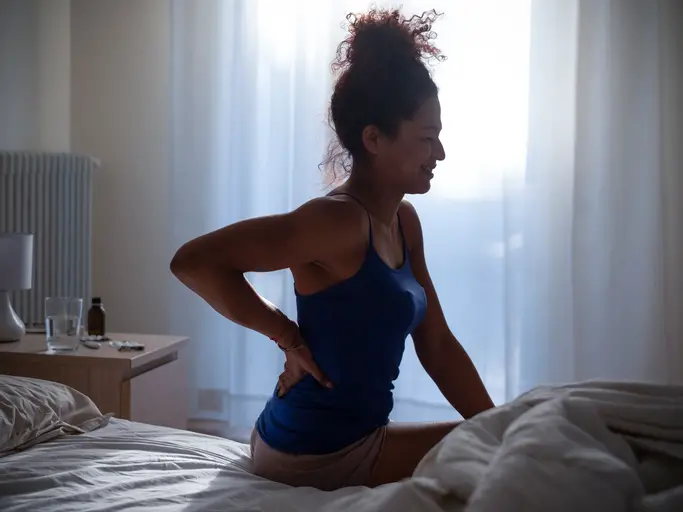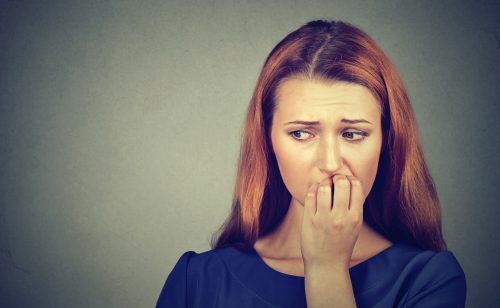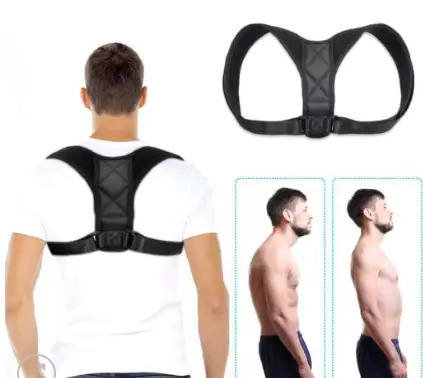Article reviewed and approved by Dr. Ibtissama Boukas, physician specializing in family medicine
Whether you are an elite cyclist or an amateur, the lower back pain can strike at any time. The lower back pain in cyclists most often comes from a set of mechanical factors easily corrected by a proper bike setup and adding some routine exercises. Knowing the causes of back pain in cyclists and how to prevent it can open the door to years ofpainless cycling adventures. Here are our tips.
What implication could cycling have in back pain?
Cycling is a real sport. Apart from pedaling the legs, the upper body works a lot to maintain balance during your ride: arched back, forward tilt, head up. All of these positions exhaust both the back and the neck. This is why a bad posture on the bike (or rather, an unsuitable posture) can easily strain your back.
Also, riding over rough terrain can shake and put undue stress on the spine, which can also lead to back pain. The same is true when the equipment is ill-fitting or your abdominal and core muscles are weak.
There are also other situations that favor the back pain in cyclists.
Pre-existing back problems
If you have suffered a trauma resulting in disc compression, a hernia to lumbar fractures, you will certainly be more at risk of suffering from back pain while cycling.
In older cyclists, there may also be a disc degeneration to osteoarthritis problems. These are other factors that favor the appearance of a back pain.
A gap in length between the legs
Unless you ride flat pedals, you are mechanically attached to the bike under your feet. Therefore, if one leg is a little shorter than the other (significantly), your back experiences an asymmetrical pull with each pedal stroke.
There are two types of leg length discrepancy:
- structural : the femurs or the tibiae do not have the same length;
- functional aspects : it is an inequality of length which appears in particular during one or some specific postures. It can result from a muscle imbalance or foot pronation.
Effort Exceeds Ability
Often, back pain is due to fatigue. Even more so if you've been riding longer than usual or traversing more difficult terrain.
In these situations, your leg muscles get out of breath. The same goes for your abdominal and back muscles which play a key role in stabilizing your pelvis. As a reminder, their function is to counter the forces generated by the muscles of your legs when they operate the pedals.
As these muscles get tired, they have to work even harder to provide stability and the problem gets worse.
A weak core
This is closely related to over exertion while cycling. Cycling alone does not develop and strengthen core muscles. On the other hand, it strongly solicits the muscles of the trunk to support the back and stabilize the pelvis. In that case, if you have a flabby core, you'll be more prone to back pain when doing this two-wheeled sport.
Poor fit of the bike
The installation of the bike is another contributing factor to low back pain in cyclists. Even with slight fit errors, such as too far back handlebars and too long a crank arm, there can be hip and neck imbalance over time.
These imbalances often lead to a overuse of the lower back, creating muscle imbalances. This leads to pain and injury.
Here is a list of parameters to consider when installing your bike:
- the height and position of your seat;
- the overall frame size of the bike;
- the length of the crank;
- ergonomics and handlebar width;
- saddle or seat width and pressure points;
- the height of the head tube.
Anti-back pain tips for cyclists
Train regularly
In order to fight against back pain related to cycling, core and stability exercises are essential. These physical workouts will help you strengthen your hip, glutes as well as your spine. In this way, these muscles will work in parallel with the hamstrings and the quadriceps during pedaling, which ensures an equitable distribution of loads.
To complete your sports training sessions, certain exercises are to be preferred.
- Stretches : Perform daily stretches to keep your hamstrings and spine flexible. Target specific muscles that contract while cycling, including hip flexors, hamstrings and your iliotibial band (ITB).
- core strengthening exercises: Core muscles work together to stabilize and protect your spine. Adding core exercises will help your pelvis, lower back, and hip muscles work together in harmony. They will also help you maintain good posture, which is essential for spinal health.
- The strength training: Add strengthening exercises that target your major muscle groups such as squats, lunges and push-ups. This will not only help you avoid muscle fatigue and poor posture, but will also increase your bone density, and therefore your strength.
- Warm-up and cool-down: they are very important during each workout. Always start slowly to warm up your muscles. And at the end, don't forget the recovery stage which is involved in the regeneration of muscles and the normal resumption of the entire metabolism. The warm-up and cool-down should ideally last 10 minutes. An extra ten minutes on each end will help prevent unwanted strain or tearing as well as increase circulation which will help prevent tightness and muscle soreness.
Make sure the bike fits
Many bike shops now offer bike accessories. If you spend a lot of time on your bike, be sure to work with a certified bike fitter to get a fit that's right for you and your level of experience.
Un appropriate equipment can also play an important role in keeping you pain free during your cycling efforts. If the terrain is rough, for example, and your bike doesn't have damping technology, your joints will experience a severe impact that can compress your spine. If you are well equipped, your weight will be correctly distributed thus avoiding an undesirable load on the lower back.
Learn to ride with good posture
Good posture is crucial for avoid lower back pain when cycling. To do this, make sure your back is straight and in a neutral position at all times.
Also, try not to rock from side to side. This gesture usually indicates that your body is tired or that you may find yourself in a bad posture that strains your lower back.
Bike fit is very important to help manage the lower back pain and any other musculoskeletal problem for that matter. You must also learn to position your body and coordinate your muscles to help support your spine.
If you have a persistent back pain, seek the advice of a healthcare professional such as a physiotherapist. The latter will be able to assess your posture, your flexibility and your abdominal stability. He will be able to treat problems of stiffness in the spinal joints or trigger points in the muscles, these can be released. He can also prescribe corrective exercises to address your core stability and any muscle imbalances you may have.
Sources
https://www.citycle.com/2942-comment-soulager-le-mal-de-dos-a-velo/

